The life styles of native black bumblebees/ hornets story .
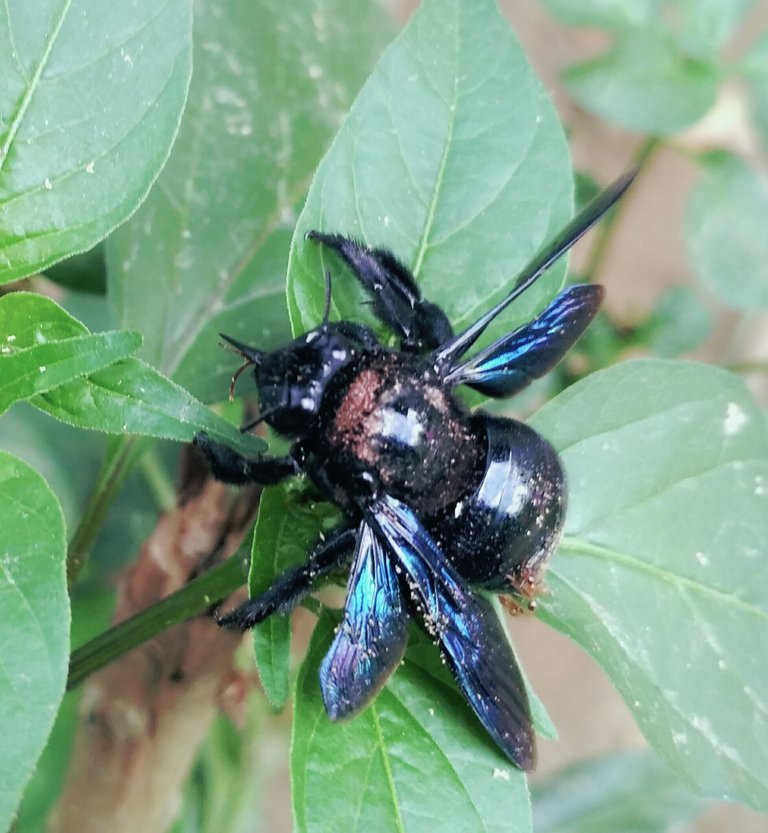
Introduction:
Native black bumblebees:
(English: violet carpenter bee or Xylocopa violacea). Is a European species of common carpenter bee and one of the largest bees in Europe. Like most species of the genus Xylocopa, they nest in dead wood.
Scientific taxonomy:
World: Animalia
Episode: Arthropoda
Category: Insecta
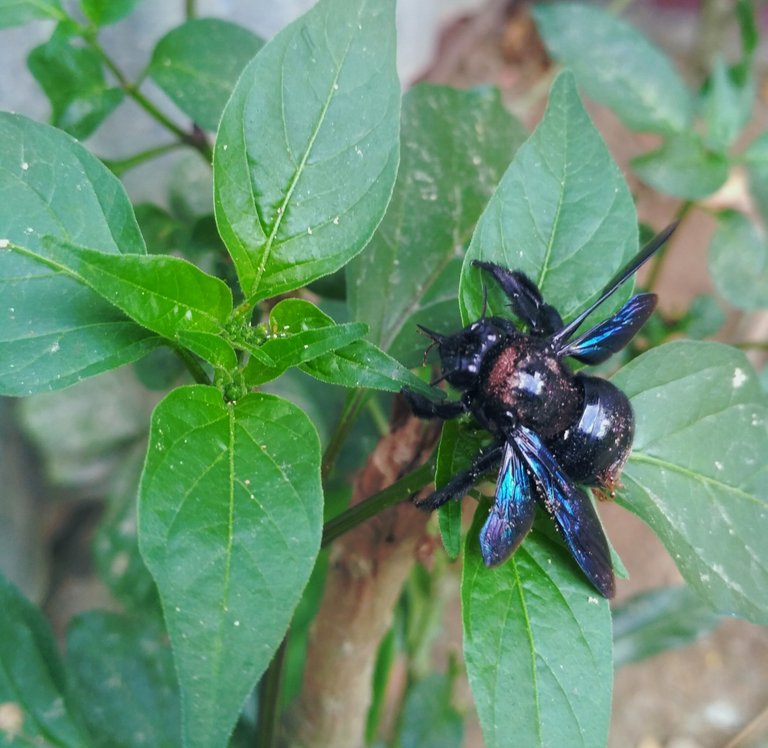
The nature of the native black bumblebee:
It is very beautiful to see a native black bumblebee whose wings are dark peacock blue, which we often liken to the black eyes of a bumblebee. These bumblebees maintain the area and want to keep an eye on any animal they see around the dormitory. On the face, it flies loudly around the body, can even sit on the body, but does not sting. Boys, however, do not have stings, girls have stings. But bumblebees are also so busy with housework and honey-pollination that they don't have time to look at anyone. However, if teased more, the sting may burst, but its example is much less than that of a bee.
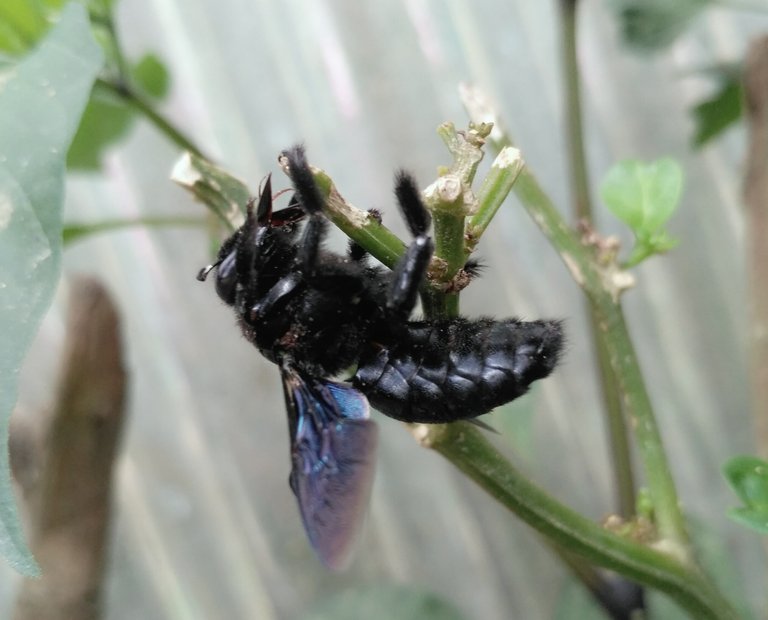
Black Bumblebees's home made:
Raising native black bees is not as easy as beekeeping. Bumblebees live inside soft wood, most of which is dead wood but not rotten wood. In our country, Bumblebees can be seen in blackberry, kanakchura and shalagjari trees. After the meeting, when it is time to lay eggs, the female-bumblebee digs a hole in the tree one-and-a-half inches deep and then makes a few chambers along the wooden fibers from left to right which are fenced with thin pieces of wood. And they live in this house.
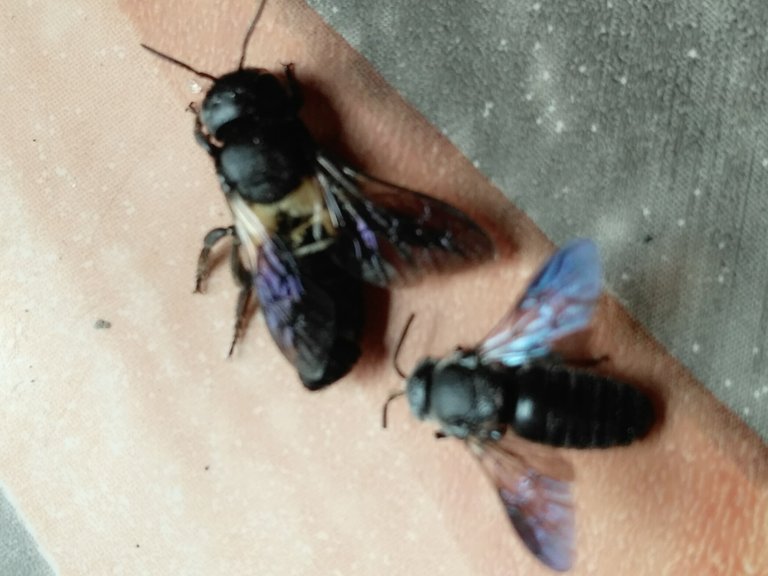
Black bumblebees's baby
The descent of the native Bumblebees:
Inside the wooden hole, the pollen and a little honey are laid and the eggs are laid, then closed. The kids come out at the end of the summer when they grow up. In many cases, Bumblebees's daughter and sister stay in the same house, but the number of family members is negligible. They are not individual, grouped social, but work irreplaceable for human society. They help in flower reproduction through vibration-pollination.

Job Sharing:
Bumblebee is the largest of the beetles and is interesting in its variety of colors. Their humming sounds are characteristic during flight. Like bees, they have races, meaning there are queens, males and workers. And they also share the responsibility. However, many times the work responsibilities are distributed according to their body size.
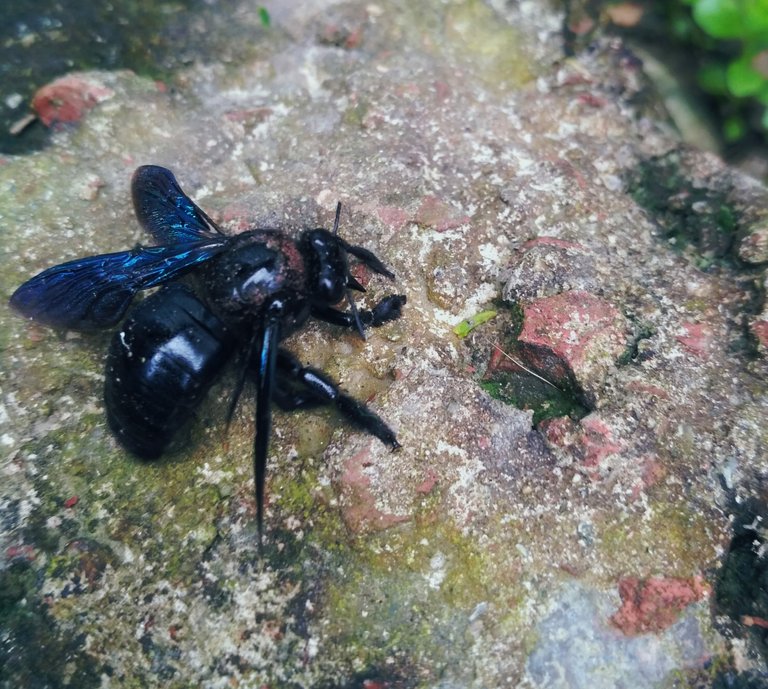
Beneficial of black Bumblebee crop:
Bumblebee plays an important role in crop pollination. The European Bumblebee Bombus terrestries are kept in the laboratory and released for pollination in tomato orchards. Other important Bumblebee species include bee ignitus, Bumblebee hypocrita, bee impatiens, Bumblebee occidentalis, bee bimaculatus, Bumblebee. affinis and bee terricola. One of the two species known in Bangladesh is bee ximius from Sylhet area and the other is B. montivagus from Chittagong Hill Tracts.*
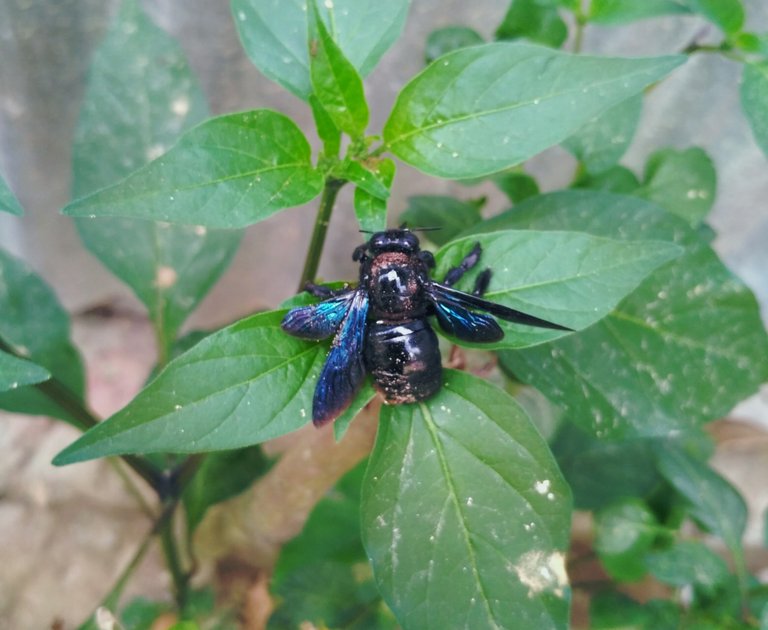
Living Bumblebee:
*Such a group of beetles do not live socially. The wife of a solitary beetle builds her own home. There they lay eggs and provide food for the cubs at home before laying eggs. Usually after laying eggs, the mother blocks the entrance to the house and builds a new one. In most cases, the mother dies before the eggs hatch. As a result, the mother does not have much contact with the children. However, many species are exceptions. Most species of solitary beetles lay their eggs only once a year.

We lost the bumblebee
Some have two generations a year. These bumblebees nesti in soils, in hollow trees, in tree trunks, in soft wood or bamboo, in reeds and in such plants. However, there is unlimited variety in the type and materials of home construction. Of the nearly 20,000 species of beetles known to date, most are solitary and tropical and subtropical.

‘Bumblebees came humming in the house’ - those words of the song have become a rare occurrence today Researchers are taking steps to reduce the number of pollinating insects in Europe
In Europe, beetle-carrying insects are disappearing What is the cause and how can this trend be stopped?
There are several reasons for this Insects are losing their habitat, pathogens are spreading, and exotic species are putting pressure on them. At the same time, the effects of pollution and climate change are there The consequences are truly dramatic.

Note : Thanks for reading,
A lot of effort has been made to publish every piece of information, a lot of books have been created through ghataghati. If I don't get your valuable opinion on this, then how can there be any regret. If you like it a little. Please vote me.
Nice that you emphasize the importance of pollinators like bumblebees and carpenter bees, and also mention that nowadays many of these species are in danger.
Thanks all of my friends